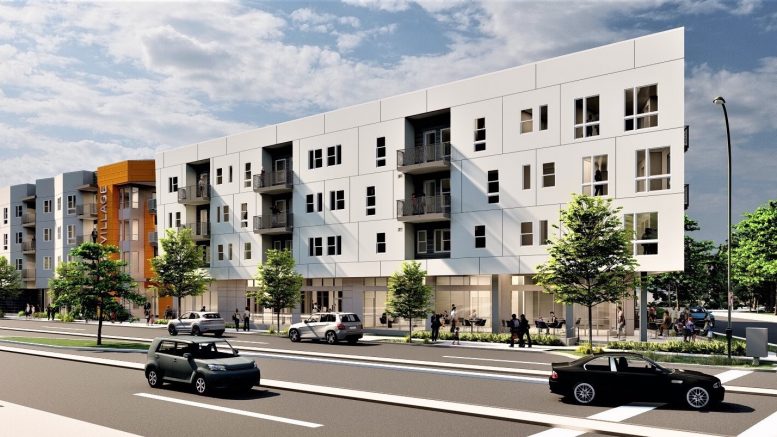Affordable housing finds a home in the City of Sacramento
According to the California Department of Housing and Community Development, California needs 180,000 new homes a year to keep up with demand. Unfortunately on average over the past decade, less than 80,000 new homes were built annually. Not surprisingly, the department’s report also found that streamlining the regulation process and reducing permitting and policies that increase costs would be part of an effective plan to meet those housing challenges.
In October 2018, the City of Sacramento took just such a step by reducing its development impact fees for new affordable housing units to a zero-dollar rate. These units must remain affordable for at least 30 years to be eligible. Development impact fees fund the additional services and infrastructure new housing residents require, such as emergency services, schools, roadways, water, sanitation and more.
“Housing development impact fees are one of the primary ways a municipality makes sure it has enough funding … to build as their population grows and their cities expand,” says Jonathan Stern, director of planning and acquisitions for BRIDGE Housing Corporation. “They can be in the tens of thousands per unit and that can really add up when you’re building 50 to 100 units; it can literally add millions.”
BRIDGE is a nonprofit that provides a broad range of affordable housing opportunities throughout the state.
While housing built in undeveloped areas requires brand new facilities and utilities, housing built within the city’s existing infrastructure, such as Volunteers of America’s proposed 1212 Village, would not. Slated to be built on Del Paso Boulevard, the complex would offer 75 units of affordable housing.
“Most infill development, including most affordable development, are built where cities already exist,” Stern says. “The parks are already in place, the fire station that’s going to serve them is already in place and new ones don’t need to be built.”
From the perspective of an affordable housing developer, Stern says the city’s reduction of its impact fees make it a more appealing place to build.
“You’re looking for a city that is cooperative … and is clearly demonstrating from a staff and elected level that it wants affordable housing in its community,” Stern says. “You want a city that’s acting proactively, not just to welcome you but to lower the overall costs to develop. Removing development impact fees can be another step a city can take to make it a lot more attractive to a builder to build affordable housing.”






























